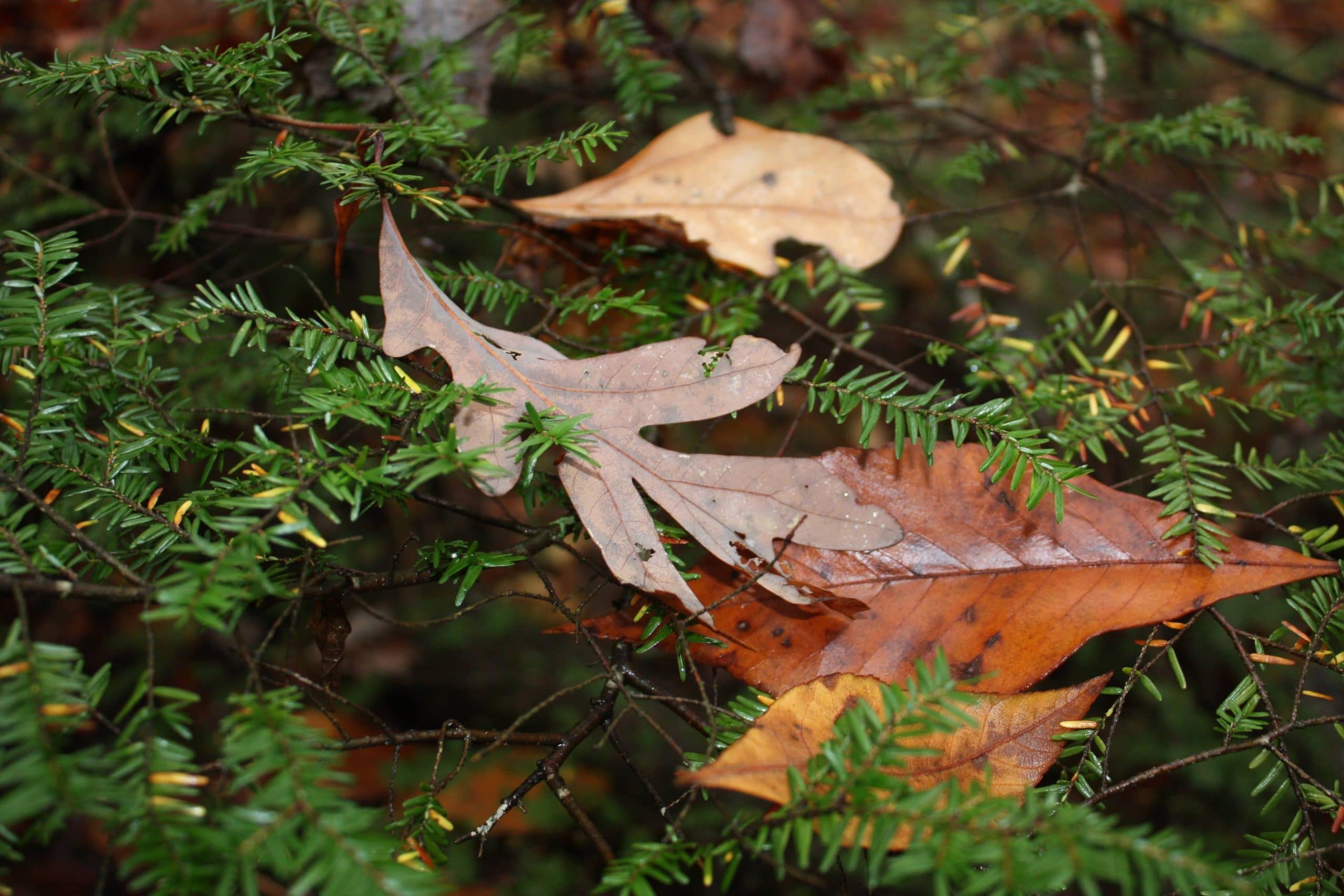The hemlock tree is one of the most beautiful and majestic trees in Canadian forests. With tall, slender trunks and dark green needles, the hemlock is a sight to behold. It is also one of the most important trees in the forest, providing food and shelter for many animals and birds. The hemlock tree is a sign of strength and beauty, and it stands as a reminder that even the most delicate things in life are strong and resilient. These trees call Nova Scotia home. A national park nearby Wolfville, Kejimkujik, is full of these beautiful giants.
Kejimkujik has a massive appeal for tourists, and draws approximately 70,700 nature lovers every year. The park includes options for camping, hiking, canoeing, and kayaking. The park boasts about their abundant and pristine natural views, which includes a variety of wildlife, lakes, wetlands, and of course, the forests. The hemlock forests at Kejimkujik are some of the most impressive in eastern North America. The hemlock forests at Kejimkujik are a beautiful and important part of the ecosystem – a must see for any visitors.
Towering hemlocks, some over 60 meters tall, line the riverbanks and fill the valleys with a dark green canopy. Hemlocks are a keystone species in these forests, meaning that they play a critical role in the health of the ecosystem. The needles of the hemlock tree are poisonous, acting as a natural deterrent for animals looking for a snack. This helps to keep the forest healthy by preventing overgrazing. Hemlocks also play an important role in the water cycle, as they help to slow the flow of water and allow it to seep into the soil. This helps to recharge the groundwater and keep the riverbanks stable. The trees are an integral part of the environment keeping everything in a perfect balance.
Kejimkujik is also home to the rare Eastern Hemlock which is in danger of extinction due to the invasive species called the hemlock woolly adelgid. These adelgids are native to East Asia, but are now invading our local hemlock populations. These tiny insects feed at the base of the fir needles, taking the nutrients they need and denying the trees. Although these insects are small, they can be immensely harmful. Hemlock trees have been reported dying at four to ten years old from the infestations. Even though this seems like a long time, hemlock trees have been reported living to around 300 years, with the oldest trees living to be around 800 years old. In comparison to the trees’ potential lifespan, four to ten years is miniscule. Hemlock woolly adelgid also reproduce quite quickly, which creates and reinforces more infestations.
If we don’t do something to save the hemlocks, they could be gone from Kejimkujik within a few years. Luckily, there is a plan to save the hemlocks. The park is working to control the hemlock woolly adelgid population with a combination of chemical and biological control methods. These methods involve spraying the trees with a chemical that kills the adelgids, and introducing a predator of the adelgids, the Ladybird Beetle, into the park. So far, these measures have been somewhat successful in slowing the spread of the adelgid, but they are not a permanent solution. The insecticides include chemicals like imidacloprid, dinotefuran and thiamethoxam. They are systemic insecticides, which means that the tree takes them up through its roots and into its leaves, where they kill the adelgids. The traps consist of a white cloth that is covered in a sticky substance. The adelgids get stuck on the cloth, and then they are killed by the insecticide. The traps need to be checked regularly and the dead adelgids need to be removed, or else they will decompose and release the insecticide into the environment.
The park is also working to raise awareness of the importance of the hemlocks and the danger they are in. By educating people about the hemlocks and the adelgid, we can help to ensure that they will be around for future generations to enjoy. I encourage you to visit Kejimkujik National park to experience the beautiful hemlock trees for yourself.
For further readings;Volunteers are aiming to save the hemlocks, Pest spotted in Lunenburg, and January cold likely won’t kill off the insects.





